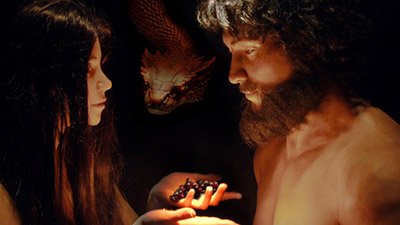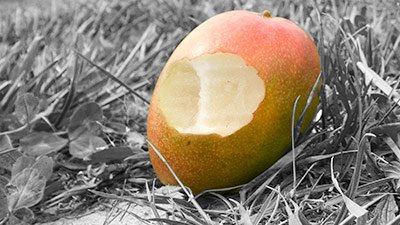Original Sin
Original Sin
All of us were ultimately in Adam when he sinned. So, although we often blame Adam, the life we have was in Adam when he sinned, and the sin nature we received was because we were in Adam when he sinned. We share in the blame and the sin, as well as the punishment.
Are Young Children Sinners?
Do parents need to teach their children how to be selfish and sinful, or is sin part of their very nature that is exhibited at an early age? As the father of two wonderful blessings from the Lord, I can say with full confidence that they did not need to be taught how to be selfish and rebellious. Their sinful flesh is a part of them.
Whose Fault Is Original Sin?
As the leader it was Adam’s responsibility to protect and provide for his family. This leadership role was clearly demonstrated when God talked with Adam and Eve following their sin. Even though Eve sinned before Adam, God questioned Adam first (Genesis 3:9).
Articles About Original Sin
-
Jan. 1, 2019 from Answers Magazine
Because sin has entered the relationship, the spheres of responsibility for a husband and wife, as well as their marriage relationship, now face conflict.
-
Original Sin: How Original Is It? Romans 5:12July 25, 2016
The question we have to ask is this: does Romans 5:12 teach that we are guilty sinners in Adam and that physical death came about through him?
-
Evolution and Original SinSept. 29, 2015
Belief in evolution does more than just undermine the foundation for the doctrine of salvation found in Genesis. It also distorts our eschatological hope.
-
Magazine Department ArticleCartoon: Let There Be TruthJuly 1, 2014 from Answers Magazine
But of the tree of the knowledge of good and evil you shall not eat.
-
-
Book ChapterWho Gets the Blame for Original Sin—Adam or Eve?May 29, 2012 from Demolishing Supposed Bible Contradictions: Volume 2
Genesis 3 states that Eve ate the fruit first, but Romans 5 states that Adam caused sin to enter the world. Dr. Georgia Purdom, AiG–U.S. examines these Scriptures.
-
Feedback ArticleOriginal SinFeb. 18, 2011 from Feedback
Does the Bible tell us that all men are born into sin? Tim Chaffey, AiG–U.S., explains.
-
Magazine Department ArticleThe Curse’s SignificanceJuly 1, 2009 from Answers Magazine
Sunday school is often the place of stories. Monday-through-Friday school is the place of facts.
-
May 31, 2009 from Answers Magazine
Genesis 3 is one of the most important chapters in the Bible.
-
Original Sin at the BBCSept. 6, 2005
The article is written as a statement of fact, but it contains a number of factual errors, and much in the way of personal opinion, dressed up as fact.
-
The Lost Message of Jesus Is no Message at All!Nov. 15, 2004
Steve Chalke may not be so well known outside the UK, but he is a well-known British evangelical personality who appears regularly on the TV.
-
The Experience Trap—HealingOct. 2, 2002
As I returned to my room after visiting the nursing home, my youngest brother Stephen gave me an audio tape of one of Robert's sermons, entitled "The Experience Trap—Healing,"
-
Magazine ArticleTwo Histories of DeathDec. 1, 2001, pp. 18–20
When Charles Darwin wrote his famous book On the Origin of Species, he was in essence writing a history concerning death. God’s Word presents a different view.

Answers in Genesis is an apologetics ministry, dedicated to helping Christians defend their faith and proclaim the good news of Jesus Christ.
- Customer Service 800.778.3390
- Available Monday–Friday | 9 AM–5 PM ET
- © 2025 Answers in Genesis



